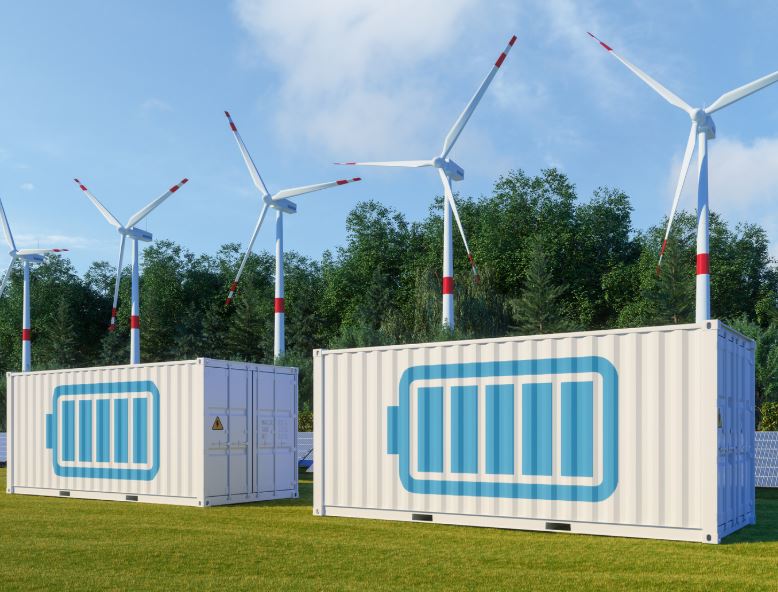The landscape of grid battery storage in the United States is poised for an unprecedented year as projections indicate a substantial increase in capacity installations.
According to Canary Media reports, the country is likely to set new records in grid battery deployments within this calendar year, showcasing a marked shift in energy infrastructure dynamics. Industry experts suggest that the rise in storage capacity is a frontrunner in the ongoing transformation towards more sustainable energy solutions.
Data compiled by energy market analysts reveals a staggering increase in battery storage capacity, expected to reach several gigawatts by year-end. This growth reflects a significant uptick from previous years, highlighting both heightened demand and advancing technologies in energy storage systems. The increase in grid battery storage is a strategic response to manage the variability of renewable energy sources such as wind and solar, promising to enhance grid reliability.
A closer examination of these developments shows that companies within the renewable energy sector are rapidly scaling battery deployments to accommodate rising renewable penetrations in the grid. With wind and solar having an intermittency factor that must be balanced, grid-scale batteries offer a robust solution for stabilizing output and ensuring a consistent energy flow. However, this rapid expansion presents certain challenges, notably the need for robust regulatory frameworks and financial models that support long-term battery storage investments.
Significant strides in battery technology have contributed to this growth, allowing for longer storage durations and improved cost efficiencies. Lithium-ion remains the dominant chemistry, offering a proven track record and scalability, yet there is ongoing research into alternative chemistries like solid-state and flow batteries. These alternatives promise to offer superior lifecycle performances and reduced costs, critical factors that could influence future market dynamics.
Despite these technological advancements, the sector faces financing and implementation hurdles. The initial capital investment required for large-scale battery projects can be substantial. However, innovative financing models, including public-private partnerships and performance-based incentives, are emerging as viable solutions to mitigate upfront costs and foster investment.
Furthermore, regulatory environments play a pivotal role in this transition. Policies that incentivize grid battery deployments, support electrical grid modernization, and promote integration with renewable sources are essential. Policymakers must craft regulations that not only ensure competitive markets but also prioritize grid resilience and sustainability.
Stay updated on the latest in energy! Follow us on LinkedIn, Facebook, and X for real-time news and insights. Don’t miss out on exclusive interviews and webinars—subscribe to our YouTube channel today! Join our community and be part of the conversation shaping the future of energy.
